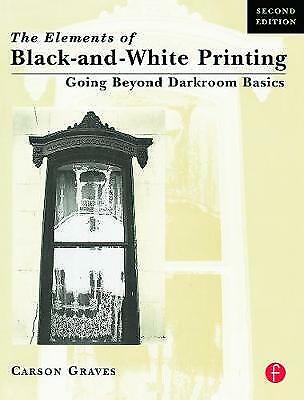- Messages
- 137
- Edit My Images
- No
Hi all. Still finding my way around the forum so apologies if I keep posting in the wrong place.
I have only just taught myself (with the help of lots of instructional videos and wider reading) to develop my own black and white 35mm film. I now want to learn some Darkroom skills. I have been amazed by how difficult it has been to source any courses or a mentor who could teach me in my immediate area...even being told by a local camera club that they don't teach this any more.
Is it really that much of a dying art?? One kind person offered to help but has not printed for my years and is a 2 hour drive away from me. I really have been surprised at how difficult it has been to find some guidance or courses.
I have only just taught myself (with the help of lots of instructional videos and wider reading) to develop my own black and white 35mm film. I now want to learn some Darkroom skills. I have been amazed by how difficult it has been to source any courses or a mentor who could teach me in my immediate area...even being told by a local camera club that they don't teach this any more.
Is it really that much of a dying art?? One kind person offered to help but has not printed for my years and is a 2 hour drive away from me. I really have been surprised at how difficult it has been to find some guidance or courses.


